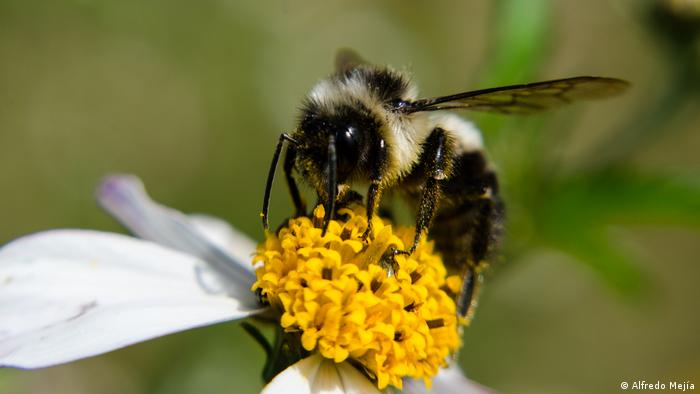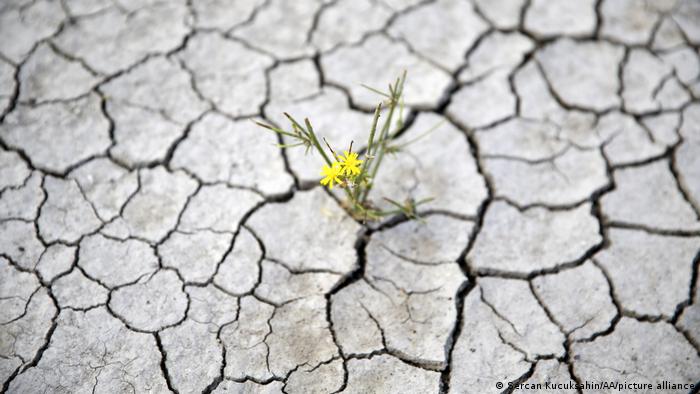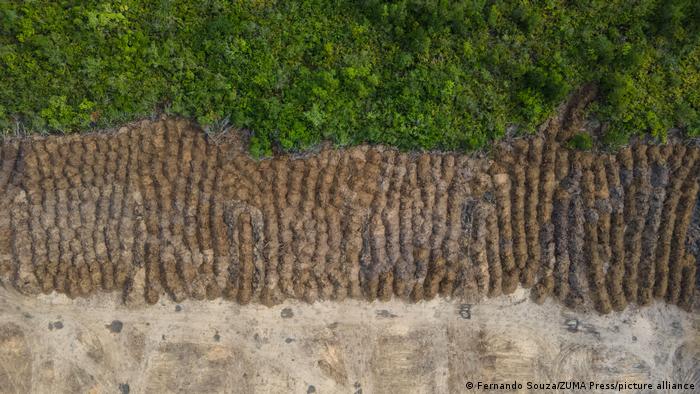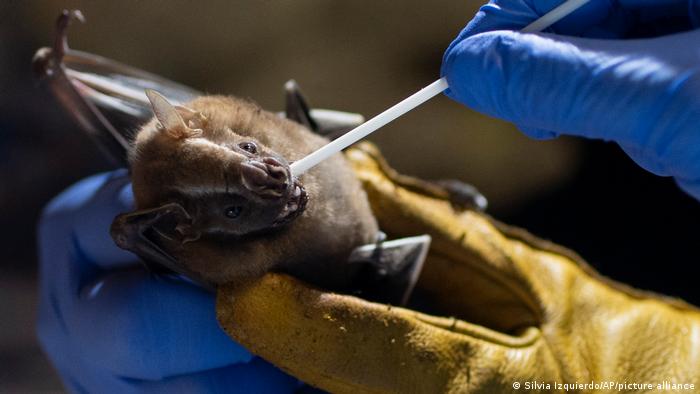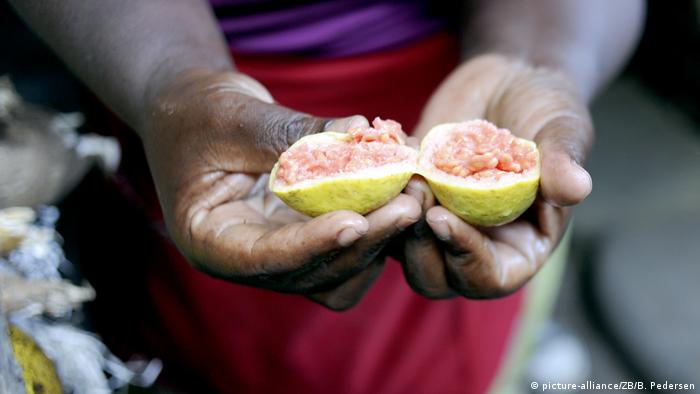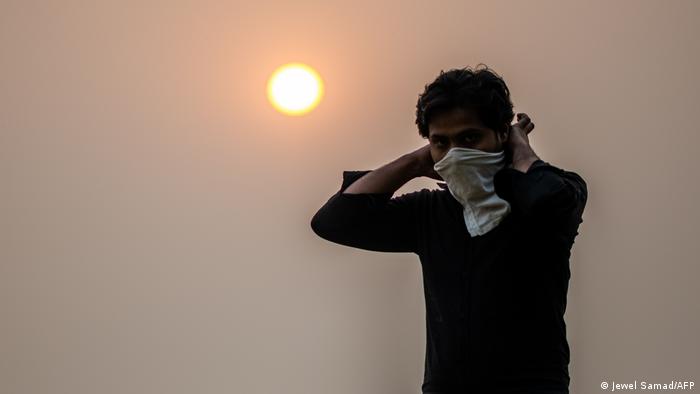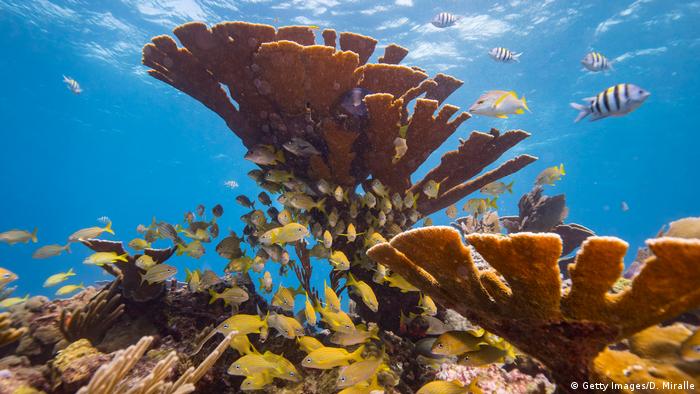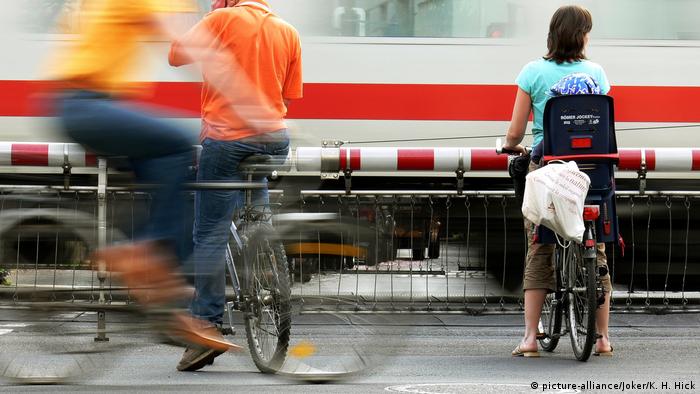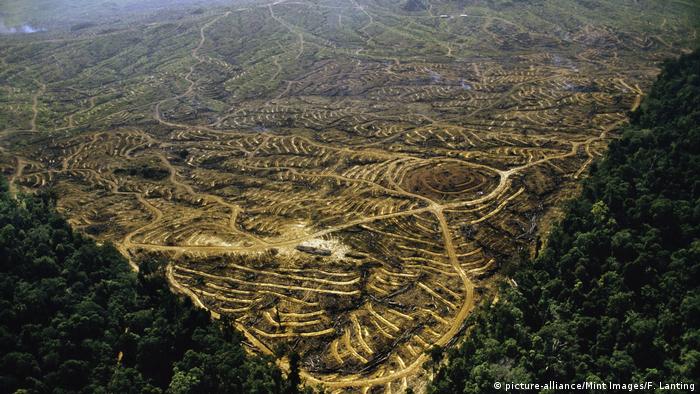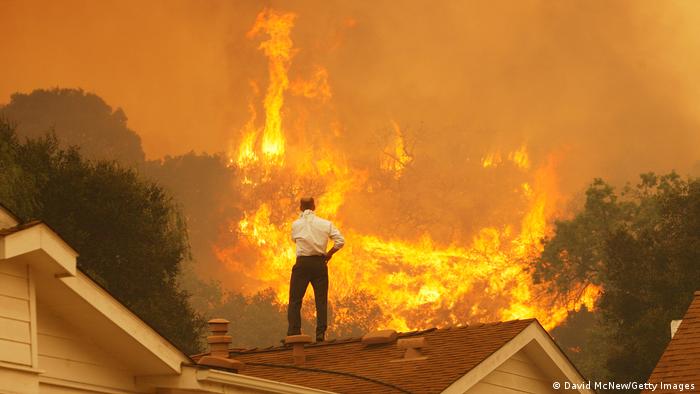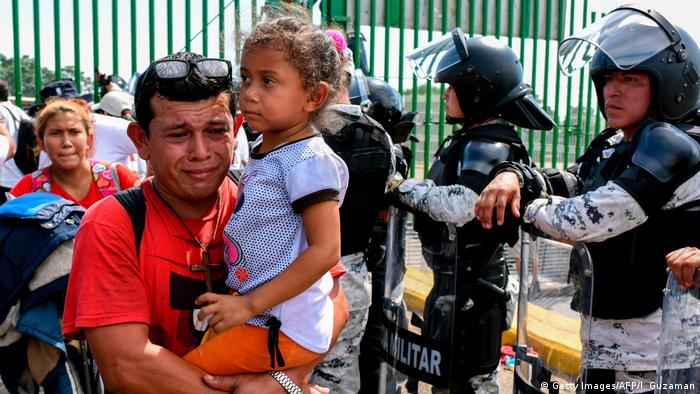About 65 million years after the last mass extinction, which marked the end of dinosaurs roaming the planet, scientists are warning that we are in the early throes of another such annihilation event. Unlike any other, this sixth mass die-off or Anthropocene extinction is the only one caused by humans, and climate change, habitat destruction, pollution and industrial agriculture all play a hand.
Mass extinctions occur when at least three-quarters all species disappear within about 3 million years. Some scientists believe that at our current rate, we could be on track to lose that number within a few centuries.
Over the next few decades alone, at least 1 million species are at risk of being wiped out. That’s according to an estimate in a landmark report published in 2019 but many scientists say it could well be an undercount.
It is almost impossible to predict the effects of a complete loss of biodiversity. Ecosystems are extremely complex.
Scientists agree that there is a lot of evidence to support the idea that extinctions will continue at this rate. All of the effects are inextricably connected, like a game.
Food security is at risk
“I think the first thing that we’ll see” is that food supplies will start to decrease because so much of our food relies on pollination. Corey Bradshaw, a professor in global ecology at Flinders university in South Australia, uses mathematical models to show how humans interact with ecosystems.
Around one-third of the world’s food supply depends on pollinators like bees. If they die, agricultural yields could plummet.
Certain crop pests can thrive when predators disappear, further impacting monoculture harvests.
Millions of people rely on wild species to provide their food and income, and are particularly dependent on inland and coastal fisheries which are vulnerable to disappearing.
Bradshaw claims that the lack of food security, which is also connected to increased droughts and flooding, will affect poorer regions most, especially sub-Saharan Africa as well as parts of Southeast Asia.
Soil fertility
If critical microorganisms die, soil quality could also be affected. Although they are not represented in the data, some researchers believe that they could be disappearing at a faster pace than other species. Their disappearance could cause more erosion, which can lead to more flooding, and poorer fertility, which can again impact crop growth.
Colman O’Criodain, the policy manager for conservation organization WWF International, said this was particularly dangerous.
“Organic matter, in a way, is kind of like glue that holds all things together. It can be compared to a Christmas pudding. It has dry ingredients like breadcrumbs, flour, and dried fruits. But it’s the eggs, stout, and other ingredients that hold it together and give it its shape,” O’Criodain stated.
Water shortages or natural disasters
Wetlands that purify and distribute fresh water around the globe account for a large portion of the world’s freshwater. The Himalayan water Tower, for example, is fed by rivers, wetlands, and supplies approximately two billion people. Humanity could lose a lot more water as a result if systems like these fail due to impacts such as algae blooms or receding vegetation.
As forests recede, rainfall patterns are likely to shift as evapotranspiration the process in which moisture is returned to the atmosphere through evaporation and plant transpiration is affected, further drying out the landscape, as has been seen in the Amazon.
According to the UN Food and Agriculture Organization, approximately 10 million hectares (24,000,000 acres) of forest were lost annually between 2015 and 2015.
With the loss of trees, vegetation, and other fundamental regulators of atmospheric CO2, climate change will likely worsen, leading to more extreme weather events. Wildfires are also more likely to occur in dry and unhealthy forests.
Mass migrations are likely to be triggered by crop failures and other ecological risks as people flee conflict and famine.
Pandemics and loss of resilience
“What we did as humans was simplify the whole planet, particularly the production ecosystems to such an degree that they have become susceptible,” Carl Folke, a transdisciplinary scientist and founder of the Stockholm Research Centre for sustainability science research, told DW.
“Resilience is sometimes called the science and art of surprise. If everything is predictable and you live in very stable conditions, you don’t need the buffer of biodiversity. Folke stated that if you live in turbulent times with more unpredictable circumstances, this type of portfolio becomes very important.”
Researchers warn that the loss of biodiversity could increase the risk of pandemics, as wild animals and humans become more closely connected through habitat fragmentation or disruption to natural systems.
Ebola, which was first reported in 2014 in West Africa, is a result of children playing in a tree with bats. While the origin of COVID’s emergence is not known, some scientific studies show that it is linked to wild bats.
A fundamental loss in heritage, culture, and the intangible
These effects cannot be quantified. Scientists and conservationists consider it vandalism to allow species to die without thinking. Even if we manage to survive, the world’s population would be severely and irreversibly affected by mass extinctions.
The most tragic losses are those that we can’t even see.
“Think about the consequences if an art gallery is destroyed. So you’re not even thinking about a potential direct value at all, but you’re thinking about the intangible loss of the World Heritage,” said Thomas Brooks, the chief scientist at the International Union for Conservation of Nature (IUCN).
“Remember, every species is the result of millions upon millions of years of evolution. You are seeing the loss of what makes humankind a part the planet. He continued, “You’re looking at the things that make us whole.”
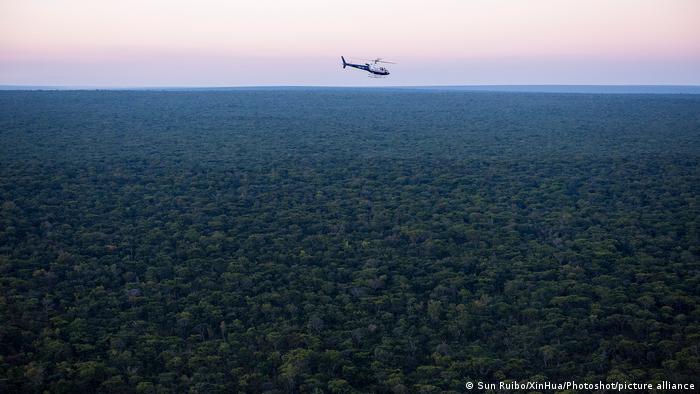
Conservationists want large swathes of the earth to turn into conservation areas that are actively managed.
Can species loss be reversed
Despite these dire predictions, there are still reasons to be optimistic. If humans do something.
“Conservation of life on Earth faces many challenges that sometimes seem insurmountable.” Brooks added that there are inspiring stories of success, as well as examples of people who have been successful in turning the tide and putting in place actions to allow the curve or trends to change.
Brooks is familiar with the challenges. The IUCN meticulously produces the Red ListIt is the basis of scientific insights into species decline.
Research has shown that conservation efforts are effective. A Recent study found that had it not been for conservation interventions, losses would have been three to four times worse since 1993.
It seems that scaling up conservation success stories, such as the reintroduction beavers to Europe, is a key weapon against biodiversity loss.
Elizabeth L. Bennett is the vice president of species conservation for Wildlife Conservation Society. She insists that preserving large areas of biodiversity can make a big difference.
She said, “If it’s in a good place and well planned and managed, then it will definitely help a lot.”
The Wildlife Conservation Society is pushing for adoption of the “30-by-30” agreement at the Kunming Convention on Biological Diversity (15 COP15) in spring. This agreement would see 30% of lands or seas placed under protection by 2030, roughly twice the current level.
This would be a great start, but any agreements reached at COP15 are only the beginning of a long road.
As the WWF’s O’Criodain put it: “We all look back to when we passed our final exams and we thought for certain that the world was our oyster. It’s only one step, but we still have plenty of time to ruin our lives.

